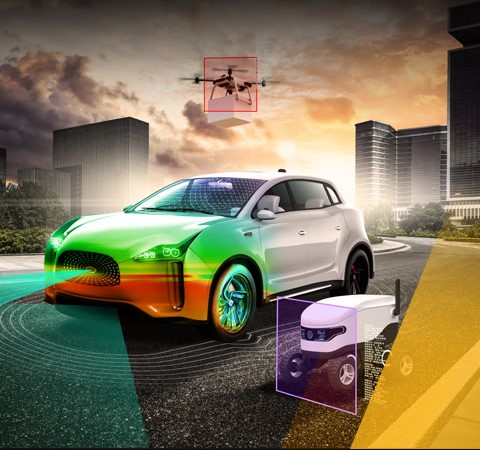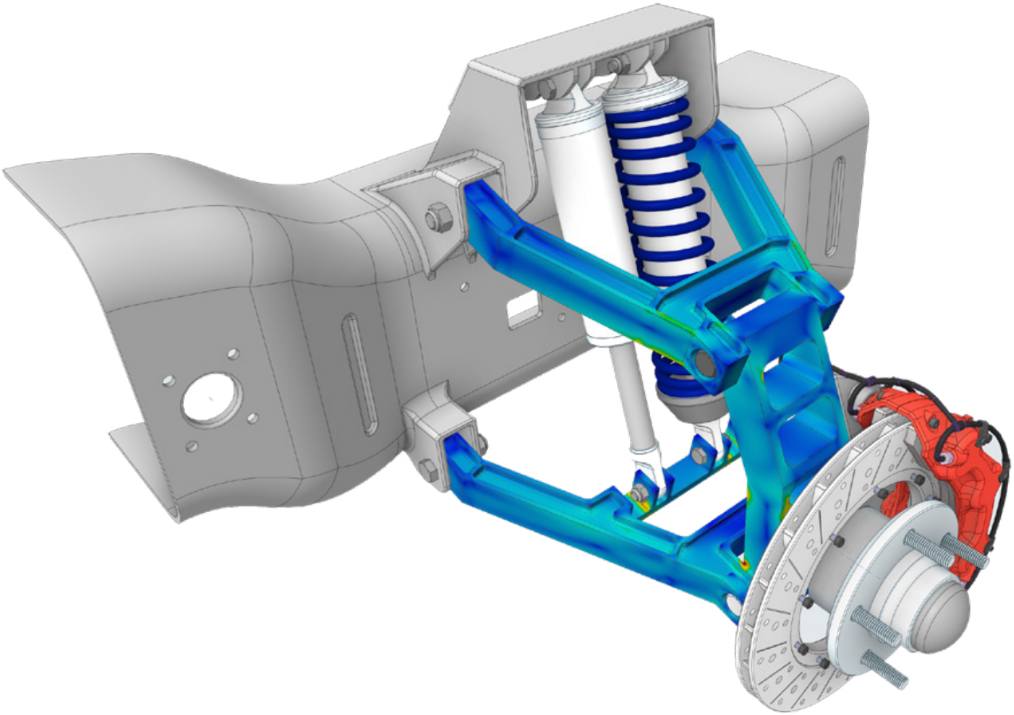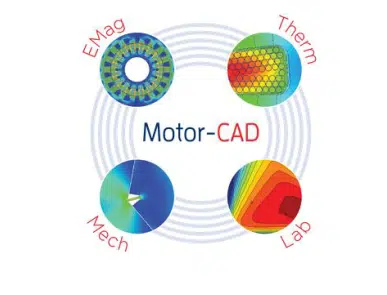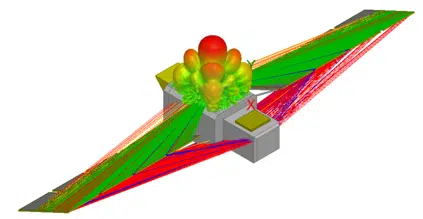Discrete Phase Modeling | Ansys Fluent Webinar:
When attempting to analyze the behavior of the particles from both a Lagrangian and discrete perspective, a discrete phase modeling (DPM) is utilized by engineers. Learn how to use Discrete Phase Modeling in Ansys Fluent through this on-demand webinar.
Discrete Phase Modeling (DPM): What Is It?
A division of multiphase flows is the discrete phase model. When attempting to analyze the behavior of the particles from both a Lagrangian and discrete perspective, a discrete phase model (DPM) is often employed via Ansys Software. The difference between the Lagrangian and Eulerian views is that the Eulerian perspective assumes a finite volume element in the fluid flow route while the Lagrangian view bases its analysis of fluid behavior on particle tracking of a particulate flow.
Navier-Stokes equations are used in the discrete phase model to solve the continuous phase. Countless particles, bubbles, or droplets are tracked at once to approximate the discrete phase. Specifically, those that cross the predicted continuous flow field.
Notes on Continuous Change Analysis in Ansys
It should be emphasized that the discrete phase and the continuous phase can exchange momentum, mass, and energy. By eliminating the interactions between particles (as well as droplets and bubbles), this method can be made much simpler.
Of course, this is possible if the discrete phase has a volume that is significantly lower (less than 10%) than the continuous phase, despite having a substantial mass. The continuous phase computations are repeated after each iteration, and the particle trajectories are calculated and established individually.
Additionally, it should be mentioned that the DPM model is used in the simulations below to represent how well a dehumidifier performs:
Model for Dense Discrete Phases (DDPM)
The kinetic theory of granular flows is used to represent particle collisions and uncorrelated translations in the dense discrete phase model (DDPM), which is a Lagrangian parcel-based method (KTGF). Comparing this method to the well-known Eulerian two-fluid model has many benefits (TFM).
These include more natural incorporation of particle size distributions, improved management of crossing particle jets/clusters, and improved resolution of particle clusters and bubbles. In this work, a wide variety of fluidization velocities, particle sizes, and bed loadings are considered in comparison to data from the DDPM, dedicated experiments, and TFM simulations.
The frictional effects typical of such dense particle fluxes were specifically taken into consideration. The studies carried out by the TFM on a noticeably coarser mesh are demonstrated to be reproducible by the DDPM.
Discrete Phase Modeling (DPM) in Ansys
Send your idea to the CFD simulation engineering team at SimuTech Group.
Every CFD project can be completed by our expertise in all connected engineering disciplines. Considering the extensive spectrum of CFD simulations offered by the ANSYS Fluent software, our services also encompass academic and industrial applications. You can have access to SimuTech CFD’s core services, such as consultation, training, and CFD simulation, by outsourcing your project.
The following is the project consulting process:
- Using the information you provide about your project, an official contract will be created.
- You will have access to our Portal to follow the development of your project as soon as we get started.
- Once you have approved the final report, you will receive the project’s resource files.
- Lastly, you will get a thorough training video.
Ansys Linear Dynamics & Mechanical Nonlinear Dynamics
Course Summary | Ansys Linear Dynamics
An in-depth review of the many dynamic analysis types accessible in Ansys Mechanical is provided in this training course. The ideas provided in this course will arm you with information essential to a successful design if your design involves any kind of motion.
Knowing what kind of analysis is required based on the data contained in a design or test specification can be difficult. This course will give you the confidence to understand the results and make design decisions based on them while allowing you to select the style of analysis that is most appropriate for your needs.
It does this by combining a mixture of theoretical background with practical guidance and examples.
Ansys Linear Dynamics | Engineering Training Outcome
After completing this program, the student will be capable of:
- Recognize the variations among the various dynamic analysis types.
- Select the appropriate dynamic analysis for your application.
- For a specific dynamic analysis, be aware of when and how to apply damping.
- To better comprehend how a structure might react to various applied forces, use modal analysis.
- In order to tackle complicated dynamic issues within appropriate time restrictions, effective modeling and analysis approaches should be used.
- With more assurance and comprehension, interpret the analysis’ findings.
Additional Ansys Software Tips & Tricks Resources
-
- Analyzing normal and Tangential Elastic Foundations in Mechanical
- Why Meshing is Crucial for FEA Fluid Simulations Prior to Prototyping
- For support on Contained Fluid FEA Modeling with HSFLD242 Elements
- For Exporting a Deformed Geometry Shape Post-Analysis in Mechanical
- Moreover, for guidance Multi-Step Analyses in Mechanical
- For Retrieving Beam Reaction Force in a Random Vibration Analysis
- Deploying Ansys Macro Programming vis *USE Command in Mechanical
- For replicating Fatigue Models from Start to Finish in Mechanical
- In addition, setting up Acoustic Simulations of a Silencer
- For a step-by-step guide on 2D to 3D Submodeling in Mechanical
- For modeling Pipe16 Circumferential Stress in Mechanical
- For Support on performing ‘EKILL‘ in Workbench
- APDL Command Objects post-Spectral Analysis
- For Separating DB Database Files from RST Files
- Measuring Geometric Rotation in Mechanical WB
- Explicitly, CAD Geometry Deformation Plasticity
- Offsetting a Temperature Result to Degrees Absolute
- For general guidance on Ansys Post-Processing
- Finally, for basic Ansys Software Installation and License Manager Updates







